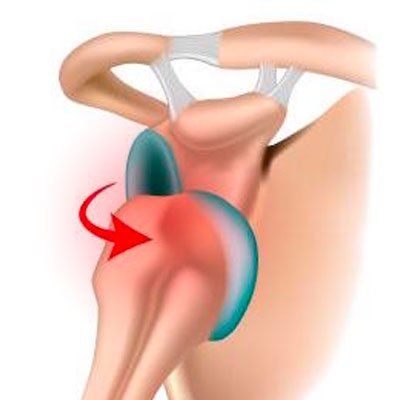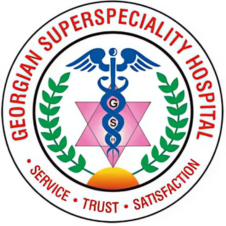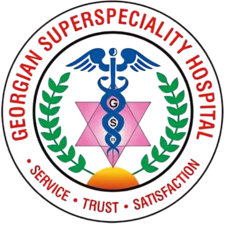Shoulder Dislocation
Shoulder Dislocation
A shoulder dislocation occurs when the ball of the upper arm bone (humerus) slips out of its socket in the shoulder blade. Since the shoulder is the most mobile joint in the body, it is also the most prone to instability and dislocation.
When the shoulder comes out of place, the surrounding ligaments, joint capsule, or labrum (cartilage rim) can be stretched or torn, making the joint painful and unstable until properly treated.

Causes of Shoulder Dislocation
Traumatic Injury
Falls, sports injuries, or accidents can forcefully push the shoulder out of place.Sports and Overhead Activities
High-impact or repetitive overhead movements (like throwing, swimming, or weightlifting) increase the risk.Labral Tear (Bankart Lesion)
A tear in the labrum, usually after trauma, can contribute to shoulder instability.Hill-Sachs Lesion
A dent or fracture in the head of the humerus caused during the dislocation event.
Symptoms of Shoulder Dislocation
Sudden Intense Pain
Sharp pain at the moment of dislocation, often with inability to move the arm.Visible Deformity
The shoulder may appear out of place or unusually shaped.Swelling and Bruising
Soft tissue around the shoulder becomes swollen and tender.Weakness or Numbness
Nerves around the joint may be stretched, causing tingling or weakness in the arm.
Diagnosis
Medical History
Details of how the injury occurred and symptoms after the incident.Physical Examination
Checking range of motion, stability, and any signs of nerve involvement.Imaging Tests
X-rays or MRI scans to confirm dislocation and rule out fractures or labral tears.
Treatment
Immediate Care (Reduction)
The shoulder is gently guided back into its socket by a trained doctor.Immobilization
A sling or brace is used for a few weeks to allow healing.Physiotherapy
Helps restore range of motion, build strength, and prevent stiffness.Surgical Treatment (if required)
In some cases with severe tissue injury or repeated instability, arthroscopic repair may be recommended. This minimally invasive procedure repairs torn ligaments or the labrum to restore stability.
Postoperative Care & Rehabilitation (if Surgery is Done)
0–2 Weeks – Pain management, sling support, and ice therapy.
2–6 Weeks – Begin gentle passive range-of-motion exercises.
6–12 Weeks – Active exercises and strengthening under supervision.
3–6 Months – Gradual return to sports or heavy activities after medical clearance.

